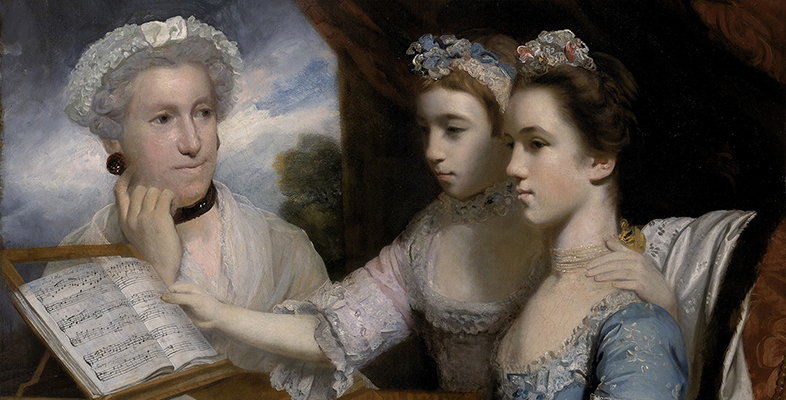2.3 The contents of the Brussels manuscript
Only one of the pieces in this manuscript bears the name of a composer – Josquin des Prez (c.1450/55–1521) – yet the composers of many of the anonymous pieces have been identified from other sources. Along with Josquin, musicians of the French court represented here include Loyset Compère (c.1445–1518), Jean de Ockeghem (c.1410–1497) and Antoine Brumel (c.1460–c.1512/13). There are also a number of works by musicians employed at the Burgundian chapel during Margaret’s lifetime, under the patronage of her brother Philip: Alexander Agricola (c.1445/46–1506), Gaspar van Weerbeke (c.1445– after 1516) and, most prominently, Pierre de la Rue (who served the chapel before and during Margaret’s regency). The manuscript’s contents therefore reflect a connection with European court society of the late fifteenth and early sixteenth centuries.
A number of the poems set to music in the manuscript were written by Margaret herself – one of the texts presumed to be by her is a lament for her brother Philip, Se je souspire. This has a tenor line in Latin that includes the words ‘Doleo super te frater mi Philippe’ (‘I grieve for thee, my brother Philippe’). Elsewhere in the manuscript, the motet Proch dolor – in black notation as a sign of mourning – laments the death of Margaret’s father, Emperor Maximilian I, in 1519 (Picker, 1999, pp. 69–70). Further pieces in the manuscript reflect Margaret’s sentiments and the misfortunes she suffered during her lifetime. Two poems by the French court poet Octavien de Saint Gelais (1468–1502) (Tous les regretz and Tous nobles cuers), set here by La Rue, were written to console the young Margaret following her dismissal from the French court in 1493 – she had been resident there since 1483 during her betrothal to Charles VIII of France, but he renounced the engagement and instead married Anne, Duchess of Brittany. The theme of regret reappears throughout the manuscript, which also includes two settings of Dido’s lament from Virgil’s Aeneid, both again by composers of the Netherlands court – Marbrianus de Orto (c.1460–1529) and Agricola. Margaret’s court poet, Jean Lemaire de Belges (c.1473–1514), is also represented, providing texts for two of the manuscript’s pieces: the song Plus nulz regretz, written to celebrate a treaty between the Habsburg empire and England in 1508, and a setting of the final verse (‘Soubz ce tumbel’) of Lemaire’s Epitaphe de l’Amant Vert, which conveys the dying farewell of Margaret’s pet parrot (Picker, 1999, pp. 69–70; 1965, p. 16).
The theory that this lavish manuscript was prepared for Margaret is confirmed by its inclusion in a 1523 inventory of her library (although not in an earlier catalogue of 1516). Its decorated and undamaged appearance reflects its limited use by a recipient of great stature. It is not only a musical and literary record of the cultural life of Margaret’s court but also a reflection of her personal experiences (Picker, 1999, pp. 69–70).
